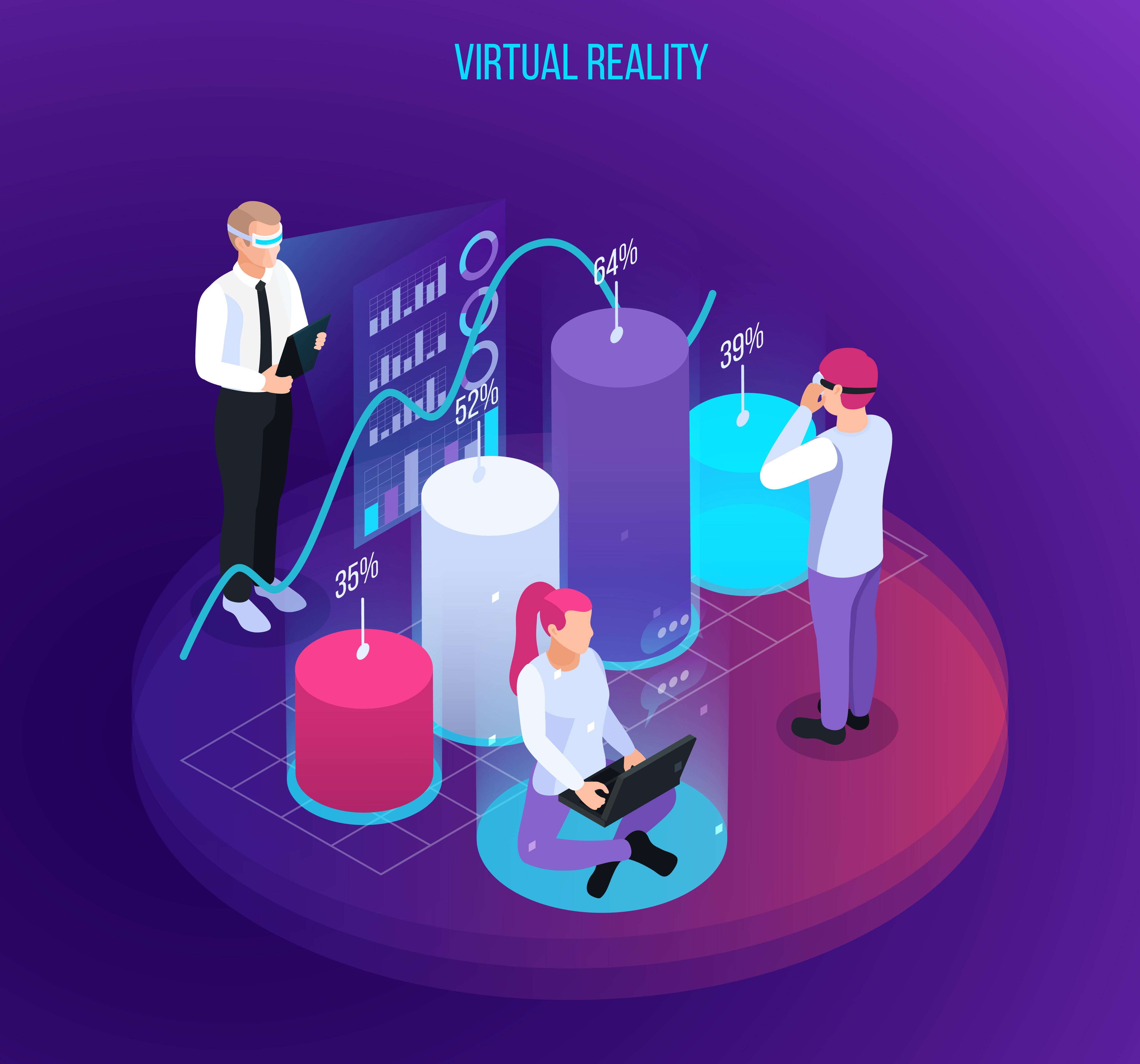As we navigate through 2025, the cybersecurity landscape has evolved, presenting both familiar and emerging challenges. Here's an in-depth look at the current state of cybersecurity:
Escalation of Ransomware Attacks
Ransomware continues to be a predominant threat, with cybercriminals employing more sophisticated tactics. The Medusa ransomware, for instance, has targeted over 300 victims across sectors like healthcare, education, and manufacturing. Attackers often use phishing campaigns and exploit unpatched software vulnerabilities, leading to significant financial and reputational damage.
AI-Powered Cyber Threats
Artificial Intelligence (AI) has become a double-edged sword in cybersecurity. While organizations leverage AI for threat detection and response, cybercriminals also utilize AI to craft more convincing phishing emails and to automate attacks, increasing their scale and effectiveness.
Zero-Trust Security Adoption
The traditional perimeter-based security model is becoming obsolete. Organizations are increasingly adopting the zero-trust model, which operates on the principle of "never trust, always verify," ensuring that every user and device must be authenticated and authorized before accessing resources.
Phishing Scams and Social Engineering
Phishing remains a prevalent threat, with attackers using social engineering techniques to deceive individuals into revealing sensitive information. Continuous education and awareness programs are essential to mitigate these risks.
University of San Diego Online Degrees
Cloud Security Concerns
As more organizations migrate to the cloud, securing data in these environments has become paramount. Challenges include misconfigurations, unauthorized access, and data breaches, necessitating robust cloud security strategies.
Multi-Factor Authentication (MFA) Implementation
Implementing MFA has become a standard practice to add an extra layer of security. By requiring multiple forms of verification, organizations can significantly reduce the risk of unauthorized access.
University of San Diego Online Degrees
Stricter Data Protection Regulations
Governments worldwide are enforcing more stringent data protection laws to combat cyber threats. Compliance with regulations such as GDPR and CCPA is now a critical aspect of organizational operations.
Emerging Threats: Quantum Computing
The advent of quantum computing poses new challenges to cybersecurity. Organizations like Cloudflare are proactively expanding their services to defend against potential threats from quantum computers, ensuring secure communication between web browsers and corporate applications.
Shortage of Cybersecurity Professionals
The demand for cybersecurity professionals continues to outpace supply, leading to a talent gap that organizations must address to maintain robust security postures.
University of San Diego Online Degrees
Recommendations for Organizations
-
Stay Informed: Regularly update knowledge on emerging threats and trends.
-
Invest in Training: Implement continuous cybersecurity training programs for employees.
-
Adopt Advanced Technologies: Utilize AI and machine learning for proactive threat detection.
-
Implement Zero-Trust Architecture: Ensure strict verification protocols for all users and devices.
-
Enhance Cloud Security: Develop comprehensive strategies to protect cloud-based assets.
By understanding and addressing these challenges, organizations can better protect themselves in the evolving cybersecurity landscape of 2025.
 Top Technology Trends 2025 – What’s Trending in Technology
Top Technology Trends 2025 – What’s Trending in Technology  Big Beautiful Bill: A New Tax Break for Social Security?
Big Beautiful Bill: A New Tax Break for Social Security?  iOS 26: Release Date, Supported iPhones, Beta, and Rumors
iOS 26: Release Date, Supported iPhones, Beta, and Rumors  Home Decor & Interior Design Ideas for a Beautiful 2025 Home
Home Decor & Interior Design Ideas for a Beautiful 2025 Home  Amazon Tariffs 2025: Tariff Cost Display Announcement & Political Insights
Amazon Tariffs 2025: Tariff Cost Display Announcement & Political Insights  Capital Summertime Ball 2025: The Ultimate Music Event of the Year
Capital Summertime Ball 2025: The Ultimate Music Event of the Year 

